Why Robotic Welding Machines Are Revolutionizing the Manufacturing Industry
In recent years, the manufacturing industry has witnessed a remarkable transformation, primarily driven by advancements in technology. One of the most significant innovations is the rise of the robotic welding machine, which is revolutionizing the way products are fabricated. As manufacturing processes become increasingly complex, the need for precision and efficiency has never been more critical. Industry expert Dr. Emily Johnson, a leading authority on automation in manufacturing, aptly states, "Robotic welding machines are not just tools; they are game-changers that enhance productivity and ensure superior quality."

The integration of robotic welding machines into production lines has enabled manufacturers to optimize labor costs while maintaining high standards of output. These machines are equipped with advanced sensors and algorithms that allow them to deliver consistent and accurate welds, minimizing human error and improving overall efficiency. Moreover, the versatility of robotic welding machines enables their application across various industries, from automotive to aerospace, catering to diverse manufacturing needs. As Dr. Johnson emphasizes, "Embracing robotic welding is essential for manufacturers aiming to stay competitive in a global market."
As we delve deeper into the intricacies of robotic welding machines, exploring their functionalities, benefits, and implications for the future of manufacturing, it becomes clear that they represent a pivotal shift in how industries approach production. The era of manual welding is gradually being overshadowed by the precision and reliability offered by these advanced machines, signaling a new chapter in manufacturing excellence.
The Evolution of Robotic Welding Technologies in Manufacturing
The evolution of robotic welding technologies has significantly transformed the manufacturing landscape. Initially, welding processes were labor-intensive, relying heavily on skilled human workers. However, the introduction of robotic systems has streamlined operations, reducing both time and costs. The transition from manual to automated welding began with the advent of basic robotic arms capable of repetitive tasks. Over the years, these machines have become increasingly sophisticated, incorporating advanced sensors, artificial intelligence, and machine learning capabilities.

Modern robotic welding systems are now equipped with real-time monitoring, enabling them to adapt to various materials and welding conditions. This flexibility not only enhances weld quality but also minimizes waste, promoting a more sustainable manufacturing process. Furthermore, improvements in programming interfaces make it easier for manufacturers to integrate robotic systems into existing workflows, facilitating a smoother transition to automation. As these technologies continue to evolve, they are set to redefine productivity and efficiency standards in the manufacturing industry, paving the way for future innovations.
Key Advantages of Robotic Welding Over Traditional Methods
Robotic welding machines are making significant strides in the manufacturing sector, primarily due to their superior efficiency and precision compared to traditional methods. According to a report by the International Federation of Robotics (IFR), the global market for robotic welding is projected to grow by 10% annually over the next five years. This growth is driven primarily by the ability of robotic welding to maintain consistent quality across large production runs, effectively reducing the rate of defects. While human welders may introduce variability and require breaks, robotic systems can operate continuously, increasing throughput and helping manufacturers meet demand without sacrificing quality.
In addition to quality improvement, robotic welding offers a reduction in operational costs. The American Welding Society cites that businesses that implement robotic systems can reduce labor costs by up to 30% and improve cycle times by 25%. This not only allows for greater output but also frees human workers to focus on more complex tasks that require higher-level reasoning and oversight. Furthermore, robotic welding contributes to enhanced workplace safety. Automated machines can take on hazardous tasks, minimizing the risk of injuries associated with manual welding, which remains one of the more dangerous occupations. As these technological advancements continue to evolve, the adoption of robotic welding is set to redefine efficiency within the manufacturing industry.
Why Robotic Welding Machines Are Revolutionizing the Manufacturing Industry - Key Advantages of Robotic Welding Over Traditional Methods
| Advantage | Description | Impact on Industry |
|---|---|---|
| Increased Precision | Robotic welding machines provide higher accuracy in welds than manual welding. | Reduces waste and improves product quality. |
| Higher Efficiency | Robots work continuously without breaks, increasing throughput. | Shortens production cycles and enhances capacity. |
| Enhanced Safety | Robots can handle hazardous materials and work in dangerous environments. | Decreases workplace injuries and health risks for operators. |
| Cost Reduction | Lower labor costs and reduced material waste contribute to overall cost savings. | Improves profitability for manufacturers. |
| Consistency and Repeatability | Robotic systems ensure uniformity in production, reducing variability. | Maintains high standards and customer satisfaction. |
Impact of Robotic Welding on Production Efficiency and Cost Reduction
Robotic welding machines are transforming the manufacturing landscape by significantly enhancing production efficiency and driving cost reduction. According to a report by MarketsandMarkets, the global robotic welding market is expected to reach $5.2 billion by 2026, reflecting a compound annual growth rate (CAGR) of 9.2% from 2021. This growth is largely attributed to the ability of robotic systems to operate at speeds that far exceed human capabilities, leading to shortened production cycles. Manufacturers that adopt robotic welding can reportedly achieve productivity gains of up to 20% or more, allowing them to meet increasing consumer demands with greater agility.
Moreover, the impact of robotic welding on cost reduction is profound. A study by the International Federation of Robotics indicates that companies utilizing robotic welding systems can reduce their operational costs by an average of 30%. This reduction stems from improved precision, which minimizes material waste and the need for rework. The automation of repetitive tasks not only decreases the labor costs associated with manual welding but also enhances workplace safety by reducing worker exposure to hazardous environments. As the industry continues to embrace automation, the financial and operational advantages of robotic welding will likely motivate more manufacturers to integrate these advanced technologies into their processes.
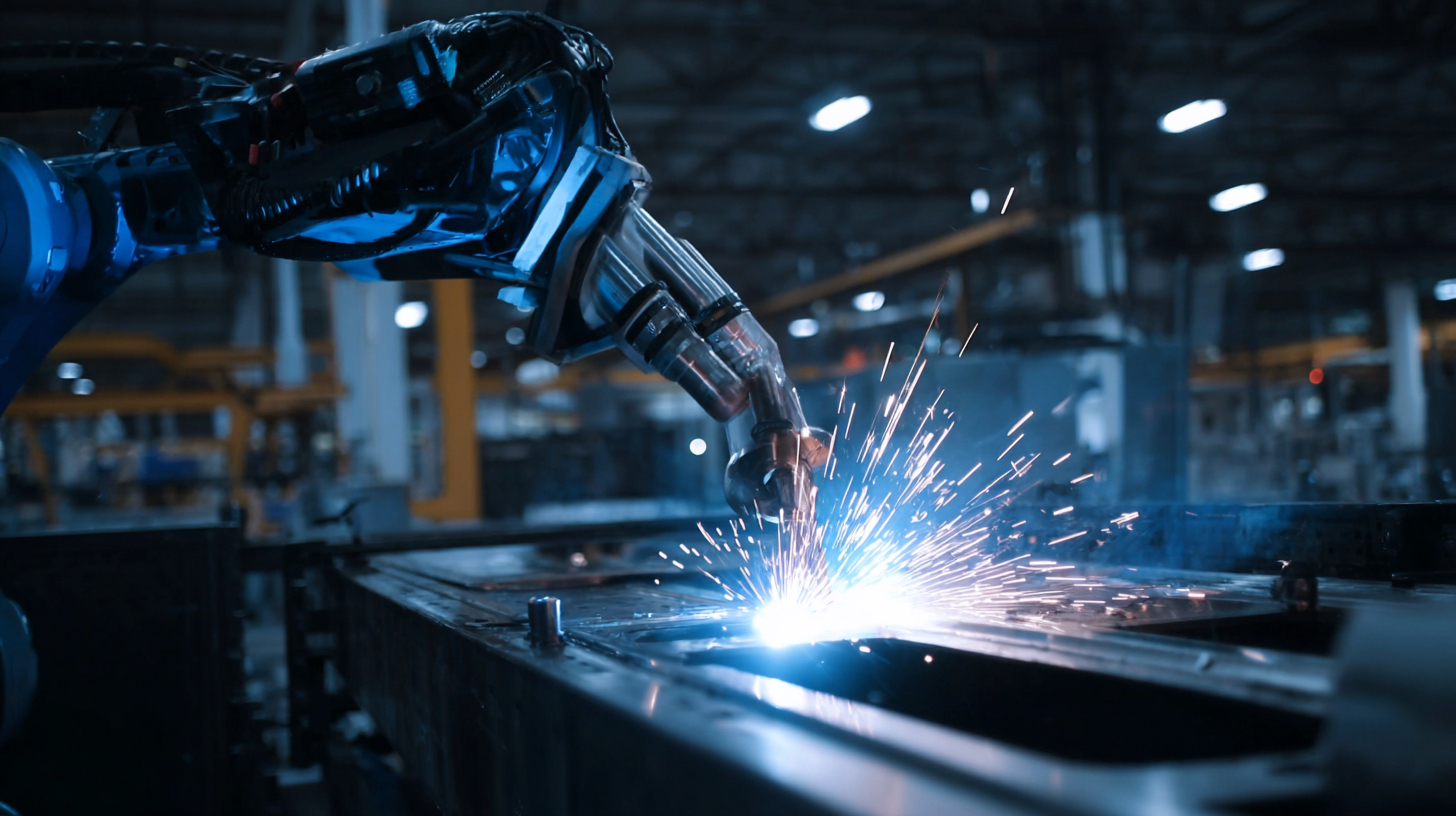
Safety Enhancements Offered by Robotic Welding Machines
Robotic welding machines are transforming the manufacturing industry with their precision and efficiency. One of the most significant benefits these machines offer is enhanced safety for workers. Traditional welding processes expose operators to intense heat, harmful fumes, and the risk of serious injuries. By employing robotic welding systems, manufacturers can minimize human involvement in dangerous environments, thereby reducing the likelihood of accidents and health hazards. As robots take over the repetitive and hazardous tasks, human workers can focus on more strategic roles, leading to a safer workplace overall.
**Tips**: When integrating robotic welding machines, it’s crucial to provide comprehensive training for your team. Ensure that operators are familiar with safety protocols and can interact safely with these advanced systems. Regular maintenance and monitoring of the equipment can also prevent malfunctions that could pose risks to your staff.
Moreover, the precision of robotic welding machines enhances the quality of the welds, further contributing to safety. Poor welds can lead to structural failures that endanger both workers and the product itself. By investing in advanced robotic solutions, manufacturers can ensure consistently high-quality welds while safeguarding their workforce against work-related injuries.
Safety Enhancements Offered by Robotic Welding Machines
Future Trends and Innovations in Robotic Welding for the Industry
The robotic welding industry is witnessing transformative trends and innovations that promise to reshape manufacturing processes significantly. The global market for welded metal bellows is projected to reach USD 412.9 million by 2025, and surge to USD 668.1 million by 2033, reflecting a compound annual growth rate (CAGR) of 6.2%. This growth is driven by advancements in robotic technology, particularly in artificial intelligence and automation, which are facilitating greater precision and efficiency in welding operations.
As the competition between China and the United States intensifies in the industrial robotics sector, China's dominance, with a remarkable 51% share in global installations, faces challenges from technological bottlenecks in high-end chips and software. Meanwhile, the U.S. leverages AI algorithms and energy innovations to enhance its competitive edge.
The NEPCON China exhibition in April 2024 highlights the industry's pivot towards advanced electronic manufacturing and immersive technologies, underscoring the critical role of collaboration in driving success within this evolving landscape of robotic welding solutions.
Related Posts
-

Unlocking the Future: How Automotive Welding Technologies Are Revolutionizing Vehicle Manufacturing
-

Unveiling the Best Spot Welder for Home Projects with Essential Insights and Expert Tips
-
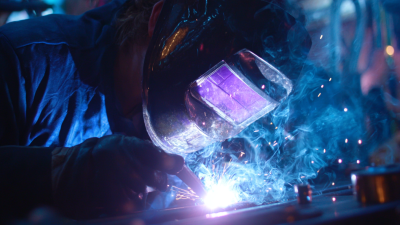
Ultimate Guide to Starting Your Own Mobile Welding Business in 2023
-
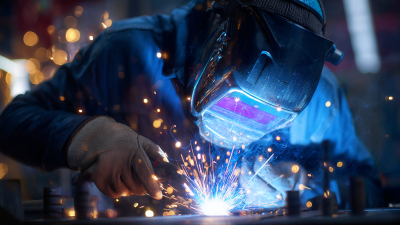
Ultimate Guide to Mobile Welding Techniques for Every DIY Enthusiast
-
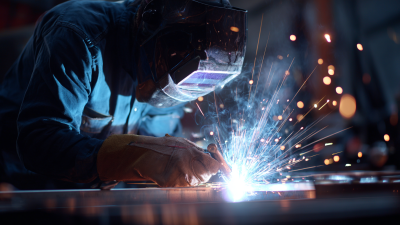
Revolutionizing Industrial Manufacturing: The Future of Seam Welding Machines in Modern Applications
-
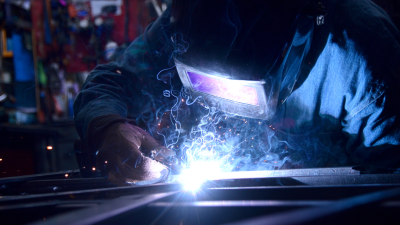
The Science Behind Welding Metal Techniques for Stronger Fabrications

Contact us
Please fill out the enquiry form, and our dedicated team will promptly attend to your request